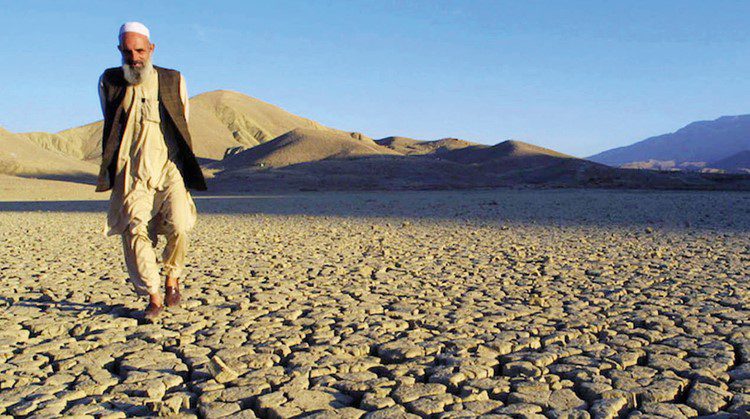
By Joy Portella, Minerva Strategies —
I gasped when I saw the first images of Paris’ Notre Dame Cathedral in flames. The April fire was a tragedy, especially for Parisians and the many people around the world who’d visited that amazing church. Images of the cathedral’s destruction dominated global news.
Then came the money.
Within weeks, nearly $1 billion had been raised to rebuild the massive gothic structure, much of it from wealthy French families. The fire at Notre Dame was a heartbreaking loss but no one died, there were few injuries and no one lost their home.
Just two months earlier, another tragedy and fundraising effort made a blip on America’s nightly news. The United Nations raised $2.6 billion—far short of its $4.2 billion goal—to assist the people of Yemen, where four years of war had rendered 24 million people in need of food. Last week, the UN Development Programme said that Yemen’s war has set the country back 20 years and brought it to the brink of collapse.
Let’s think about that: a one-day terrible event that destroyed a single building raised nearly $1 billion in a snap while a massive humanitarian crisis that the UN estimates will kill more than 230,000 people by the end of the year—and threatens tens of millions more—struggles to raise half of the money that’s needed for humanitarian assistance.
The disparity in disaster fundraising is something I first saw as a communications lead for a larger international NGO called Mercy Corps. Millions of dollars flowed to NGOs easily after events like the Indian Ocean tsunami in 2004 and the Haiti (2010) earthquake and Japan (2011) tsunami. These were devastating events, but so was the 2011 famine in East Africa and the extreme drought of the same year in Pakistan—both of which did not inspire donors to dig into their wallets. You can read about me bemoaning this trend in The Seattle Times back in 2011.
What’s happening here? Disaster response fundraising is a fickle business and some terrible events get much more attention and money based on a few factors:
Timing: Disasters like drought and famine take a long time to develop and there’s no sudden event like an earthquake or a fire to galvanize attention. A slow-build disaster doesn’t shock people into generosity.
Cause: There’s no bad guy in a natural disaster but conflicts and political instability—like what’s happening in Yemen—are complicated. Donors usually don’t know whom to trust and, in the absence of a political solution, they are not sure how to help.
Media: There is often a direct correlation between the amount of media attention that a disaster receives and the amount of money that’s raised for rebuilding and recovery. There are many factors that determine what makes news in the US and other wealthy countries, but two of them are where journalists are based (or can get to easily) and where Americans have visited or know about. Disasters in small, remote, unstable places are at a distinct disadvantage.
Each year, the NGO CARE does an analysis that shows just how extreme this disparity of attention and money can be. Their Suffering in Silence report looks at the ten most underreported humanitarian crises in any given year. This year’s report included hunger in Ethiopia and Sudan, the impact of climate change in Madagascar, and cycles of violence in the Central African Republic. The common characteristics of these disasters? Most are slow-build and man-made and none of them receive attention from international media.
The problem with silent disasters—besides the millions or even billions of people they leave in the lurch—is that they’re growing in number and severity. The world’s changing climate, while not the only factor that creates fires and violent storms, is a contributor to many. And as a report issued by the UN Intergovernmental Panel on Climate Change detailed last fall, humans are on track to warm the earth by 1.5 degrees Celsius or more. Exceeding that bar by even half of a degree will mean 10 million more people at risk of coastal flooding and the number of people exposed to extreme heat will double.
And it’s not just happening in remote corners of the world. As I sit in Seattle, we are bracing for another smoky summer from fires in British Columbia and/or the eastern part of our state. Summer wildfires are already causing evacuations and smoke warnings in Montana and Oregon, and the Tucker fire in California has eaten up 14,000 acres of land. Meanwhile, on our nation’s southern border, families are arriving from Honduras and Guatemala after fleeing both climate-induced drought and deadly conflict.
As communicators, the “rules” of what gets attention and what doesn’t are vexing. But the good news is that traditional media are no longer the only way to get the word out about what’s happening in different parts of the world. Citizen journalism, social media, and everyone with a smartphone have changed the rules and allowed previously unheard voices to roar. If we echo their voices and join ours to the din, the rest of the world will be forced to listen.